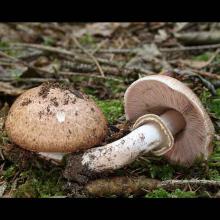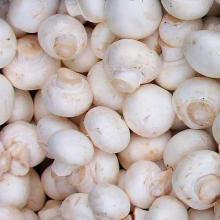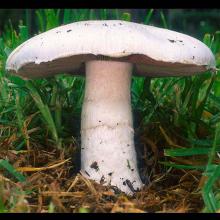Agaricus silvaticus
Common name:
Scaly wood mushroom
Genus:
Agaricus
Family:
Agaricaceae
Order:
Agaricales
Agaricus bisporus
Common name:
White mushroom
Genus:
Agaricus
Family:
Agaricaceae
Order:
Agaricales
Agaricus campestris
Common name:
Field mushroom
Genus:
Agaricus
Family:
Agaricaceae
Order:
Agaricales
Agaricus silvaticus
Common name:
Scaly wood mushroom
Genus:
Agaricus
Family:
Agaricaceae
Order:
Agaricales
Agaricus bisporus
Common name:
White mushroom
Genus:
Agaricus
Family:
Agaricaceae
Order:
Agaricales
Agaricus campestris
Common name:
Field mushroom
Genus:
Agaricus
Family:
Agaricaceae
Order:
Agaricales
Agaricus silvaticus
Common name:
Scaly wood mushroom
Genus:
Agaricus
Family:
Agaricaceae
Order:
Agaricales
Agaricus bisporus
Common name:
White mushroom
Genus:
Agaricus
Family:
Agaricaceae
Order:
Agaricales
Agaricus campestris
Common name:
Field mushroom
Genus:
Agaricus
Family:
Agaricaceae
Order:
Agaricales
Genus (Fungi): Agaricus
Agaricus is a genus of mushrooms containing both edible and poisonous species, with possibly over 300 members worldwide. The genus includes the common ("button") mushroom (Agaricus bisporus) and the field mushroom (A. campestris), the dominant cultivated mushrooms of the West. Members of Agaricus are characterized by having a fleshy cap or pileus, from the underside of which grow a number of radiating plates or gills on which are produced the naked spores. They are distinguished from other members of their family, Agaricaceae, by their chocolate-brown spores. Members of Agaricus also have a stem or stipe, which elevates it above the object on which the mushroom grows, or substrate, and a partial veil, which protects the developing gills and later forms a ring or annulus on the stalk.
Taxonomy
For many years, members of the genus Agaricus were given the generic name Psalliota, and this can still be seen in older books on mushrooms. All proposals to conserve Agaricus against Psalliota or vice versa have so far been considered superfluous.
Several origins of Agaricus have been proposed. It possibly originates from ancient Sarmatia Europaea, where people Agari, promontory Agarum and a river Agarus were known (all located on the northern shore of Sea of Azov, probably, near modern Berdiansk in Ukraine). Note also Greek ἀγαρικόν, "a sort of tree fungus" (There has been an Agaricon Adans. genus, treated by Donk in Persoonia 1:180.)
Dok reports Linnaeus' name is devalidated (so the proper author citation apparently is "L. per Fr., 1821") because Agaricus was not linked to Tournefort's name. Linnaeus places both Agaricus Dill. and Amanita Dill. in synonymy, but truly a replacement for Amanita Dill., which would require A. quercinus, not A. campestris be the type. This question is compounded because Fries himself used Agaricus roughly in Linnaeus' sense (which leads to issues with Amanita), and A. campestris was eventually excluded from Agaricus by Karsten and was apparently in Lepiota at the time Donk wrote this, commenting that a type conservation might become necessary.
The alternate name for the genus, Psalliota, derived from the Greek psalion/ψάλιον, "ring", was first published by Fries (1821) as trib. Psalliota. The type is Agaricus campestris (widely accepted, except by Earle, who proposed A. cretaceus). Paul Kummer (not Quélet, who merely excluded Stropharia) was the first to elevate the tribe to a genus. Psalliota was the tribe containing the type of Agaricus, so when separated, it should have caused the rest of the genus to be renamed, but this is not what happened.
Reference: Wikipedia



